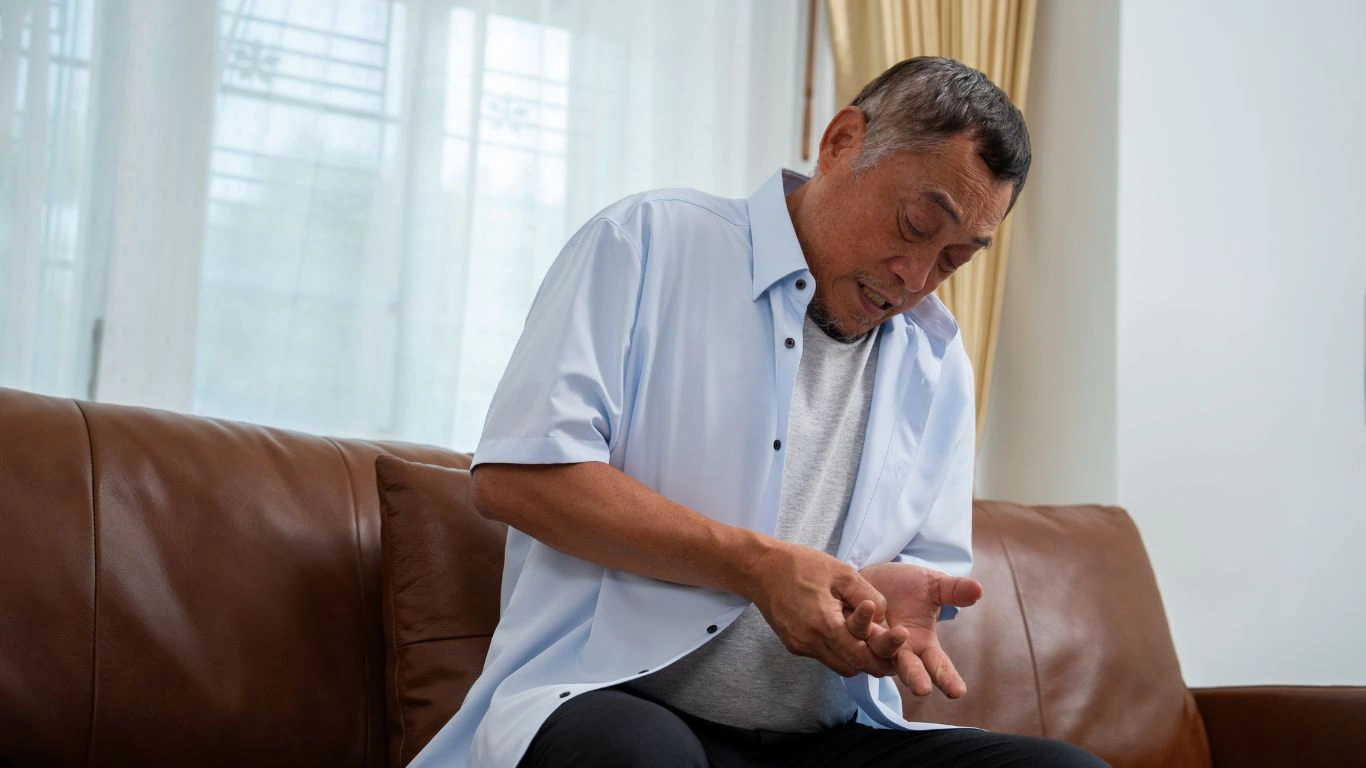Discover the Healing Power of Warm Baths for Rheumatoid Arthritis Relief
As a Rheumatology Nurse Practitioner, I’ve seen countless patients struggle with the chronic pain and inflammation that comes with rheumatoid arthritis (RA). If you or someone you know has RA, you understand just how debilitating this autoimmune disease can be. The pain, stiffness, and fatigue can often make even the simplest tasks feel impossible. But there’s some good news—small lifestyle changes and natural remedies can significantly help manage symptoms.
One such remedy that has been a game-changer for many is the simple, yet effective practice of taking warm baths. In this article, we’ll explore the benefits of warm baths for people with rheumatoid arthritis and how they can make a positive impact on managing the condition.
Understanding Rheumatoid Arthritis: What It Means for You

Before we dive into the benefits of warm baths, it’s important to understand what rheumatoid arthritis is and how it affects the body. RA is a chronic autoimmune disease that primarily affects the joints, causing inflammation, pain, and stiffness. It occurs when the immune system mistakenly attacks the synovium, the lining of the membranes that surround the joints. This leads to swelling, pain, and, over time, joint damage if not properly managed.
Unlike osteoarthritis, which is typically caused by wear and tear of the cartilage in the joints, rheumatoid arthritis is an autoimmune condition, meaning the body’s immune system attacks its own tissues. The exact cause of RA is unknown, but factors such as genetics, infections, and hormonal changes are believed to play a role.
Rheumatoid arthritis can affect any joint in the body, but it most commonly impacts the small joints in the hands, wrists, and feet. Over time, the disease can lead to significant joint deformities and loss of mobility if not controlled. But here’s the good news: RA is manageable with the right treatments and lifestyle modifications, and warm baths are one of those simple, yet incredibly effective options.
Why Warm Baths Help with RA Symptoms
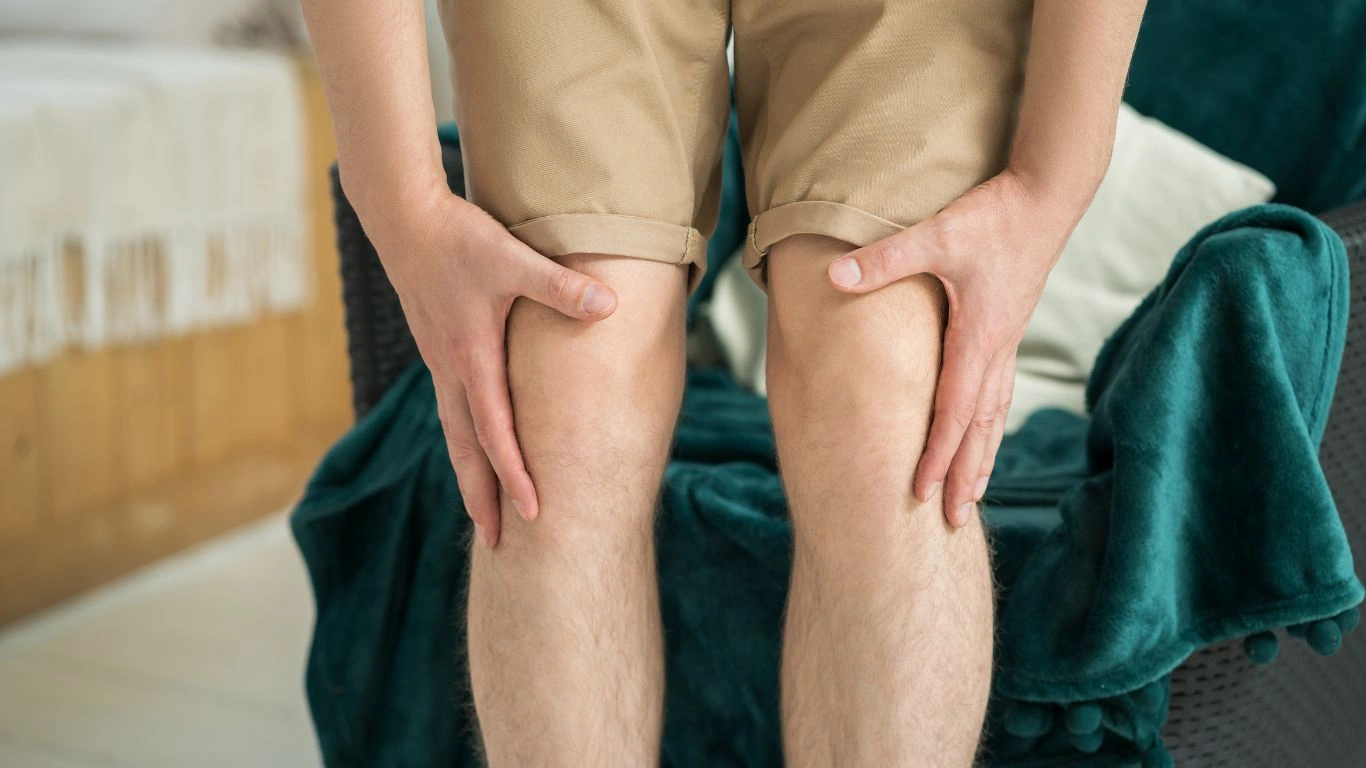
The Power of Heat Therapy
When it comes to managing the discomfort of rheumatoid arthritis, heat therapy is often recommended as a natural way to relieve pain and stiffness. A warm bath works by increasing blood flow to the affected joints, which can help relax muscles and ease tension. It’s like giving your body a mini vacation while also promoting healing and relaxation.
Heat therapy is a simple concept: applying warmth to a painful area of the body helps to improve circulation and reduce muscle stiffness. For those with RA, the heat can be especially helpful in relieving the tightness and swelling in the joints. Plus, the warm water surrounding the body provides a gentle, soothing effect that can bring immediate comfort.
Relaxation and Stress Relief
Rheumatoid arthritis doesn’t just affect the body—it can also take a toll on mental and emotional health. Chronic pain and fatigue can lead to stress, anxiety, and even depression. When you immerse yourself in a warm bath, the calming effect is not only physical but also mental. The warm water helps to reduce cortisol levels (the stress hormone), promoting a sense of relaxation and well-being.
From personal experience working with RA patients, I’ve seen how a simple bath can be transformative. Many patients report feeling a sense of relief and relaxation almost immediately after soaking in warm water. It’s one of those self-care practices that not only helps the body, but the mind too—something that’s often overlooked when managing chronic conditions like RA.
The Specific Benefits of Warm Baths for Rheumatoid Arthritis

1. Easing Joint Stiffness
One of the most common symptoms of rheumatoid arthritis is joint stiffness, especially in the morning. If you wake up with swollen, stiff joints that make it difficult to get out of bed, a warm bath can be a great way to start your day. The heat helps to loosen up tight muscles and joints, allowing for improved mobility and flexibility. This is particularly helpful for individuals who experience morning stiffness as a hallmark symptom of RA.
2. Reducing Pain and Swelling
Many people with rheumatoid arthritis experience pain and swelling around their affected joints. The warmth from a bath can help to reduce both of these symptoms. By increasing blood flow, warm water helps to flush out toxins and reduce inflammation in the joints. While it’s not a permanent solution, it provides immediate relief, allowing you to go about your day with less discomfort.
3. Improving Circulation
Warm baths can also improve circulation throughout the body, which is essential for healing and reducing inflammation. With RA, poor circulation can exacerbate pain and swelling. By soaking in warm water, blood vessels dilate, and circulation increases, helping to deliver more oxygen and nutrients to the joints and muscles that need it most.
4. Enhancing Sleep Quality
Living with rheumatoid arthritis can sometimes make it difficult to get a good night’s sleep due to pain and discomfort. A warm bath before bed can help promote better sleep by relaxing your muscles and calming your mind. The soothing effect of warm water helps reduce cortisol levels, which, in turn, can improve the quality of your sleep. Better sleep means less fatigue and a better ability to cope with the symptoms of RA during the day.
5. Boosting Mental Health
Dealing with the constant pain of rheumatoid arthritis can lead to feelings of frustration, anxiety, and even depression. Taking a warm bath is not just a physical remedy but a mental one as well. The act of taking time for yourself in a warm, soothing environment can provide a mental break from the stresses of living with RA. This time alone can give you a chance to relax, reflect, and even practice mindfulness. Mental health is just as important as physical health, and incorporating simple activities like warm baths into your routine can have a positive effect on both.
Incorporating warm baths into your daily or weekly routine can make a significant difference in managing rheumatoid arthritis. Whether you’re looking to ease morning stiffness, reduce pain and swelling, or simply take a break from the daily stress of living with RA, warm baths offer a simple, effective way to improve your quality of life.
How to Make the Most of Your Warm Bath for RA Relief
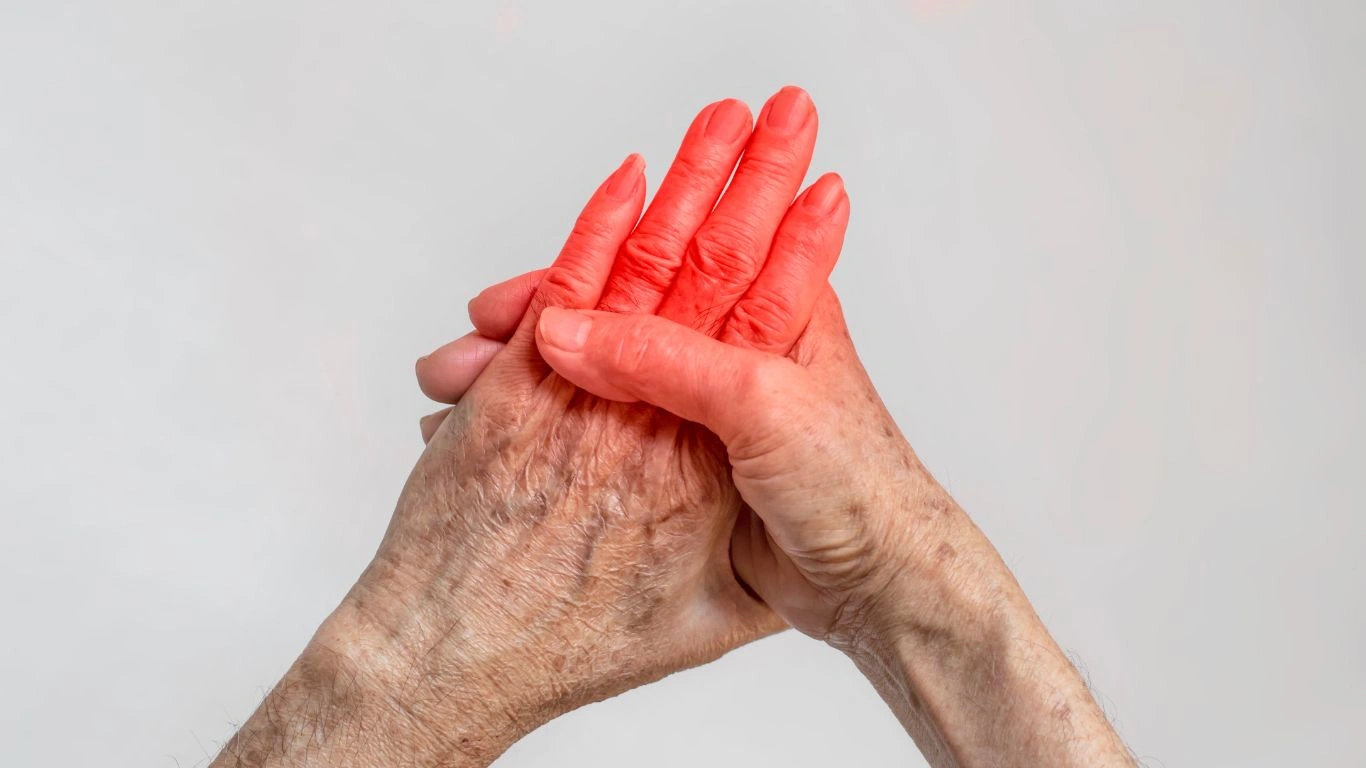
Now that we’ve explored the amazing benefits of warm baths for managing rheumatoid arthritis, let’s talk about how you can maximize these benefits. The key is not just to take any bath, but to make sure you’re doing it in a way that truly supports your RA management. Based on my experience, I’ve seen patients who tried baths but didn’t quite see the results they hoped for because they weren’t using the right techniques. Let’s dive into some simple tips to get the most out of your warm bath experience.
Choosing the Right Water Temperature
While a warm bath sounds like it should just be any temperature that feels good, there’s actually an ideal range when it comes to temperature for those with rheumatoid arthritis. Too hot, and you might exacerbate inflammation; too cold, and you won’t get the full benefits of heat therapy. The sweet spot is typically between 92°F and 100°F (33°C to 38°C).
It’s important to start with water that’s comfortably warm, but not scalding. In my practice, I’ve noticed that patients often underestimate how hot water can impact their joints. Overheating can cause discomfort, especially if your skin is sensitive or inflamed. So, adjust the temperature as needed for a gentle, soothing soak.
Soaking Time: How Long is Too Long?
When you’ve got rheumatoid arthritis, soaking in a warm bath can feel like a little slice of heaven. But as with anything, moderation is key. I recommend starting with 15 to 20-minute sessions and gradually working your way up if you feel comfortable. You don’t want to overdo it and risk dehydration or overstimulating your joints. The idea is to relax and relieve tension without causing any added strain.
Of course, listen to your body. If you start to feel lightheaded or uncomfortable, it’s time to get out. Your body’s response is the best indicator of how long you should stay in the bath.
Enhancing Your Bath with Additives for RA Relief
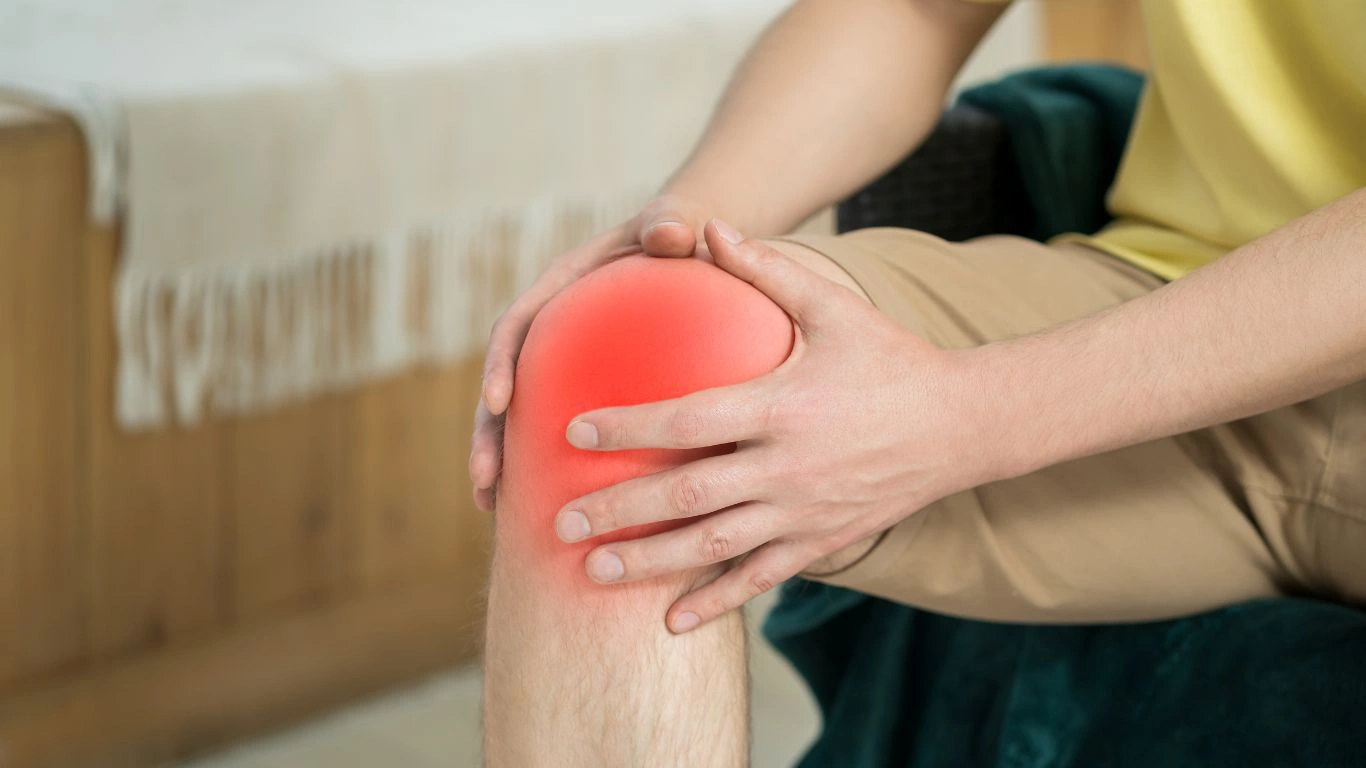
Epsom Salt: A Natural Remedy
If you’re looking to elevate your warm bath experience, consider adding Epsom salts to the water. Epsom salt is rich in magnesium, which is known to have anti-inflammatory properties. Magnesium helps relax muscles and can soothe the pain and stiffness that often accompany RA. It’s one of my go-to recommendations for patients who want to enhance the effectiveness of their warm bath routine.
Adding a cup or two of Epsom salt to your bath is incredibly easy, and the benefits can be felt almost immediately. The magnesium in the Epsom salt is absorbed through the skin, helping to reduce muscle soreness and joint pain. Plus, the act of soaking in a warm bath with these salts can promote deep relaxation and stress relief, which is crucial for anyone managing the daily challenges of RA.
Essential Oils: Boosting Relaxation and Pain Relief
Another fantastic addition to your bath is essential oils. Essential oils like lavender, eucalyptus, and peppermint are not only calming but can also have analgesic (pain-relieving) effects. Lavender, in particular, is known for its soothing properties and is great for helping you unwind and de-stress after a long day. Eucalyptus and peppermint can provide a cooling sensation and may help reduce joint inflammation.
Simply add a few drops of your favorite essential oil to the water or mix them with a carrier oil like coconut or olive oil before adding them to the bath. Just be cautious if you have sensitive skin, as essential oils are potent. Diluting them in a carrier oil will help prevent any irritation.
The Role of Post-Bath Care for RA Patients
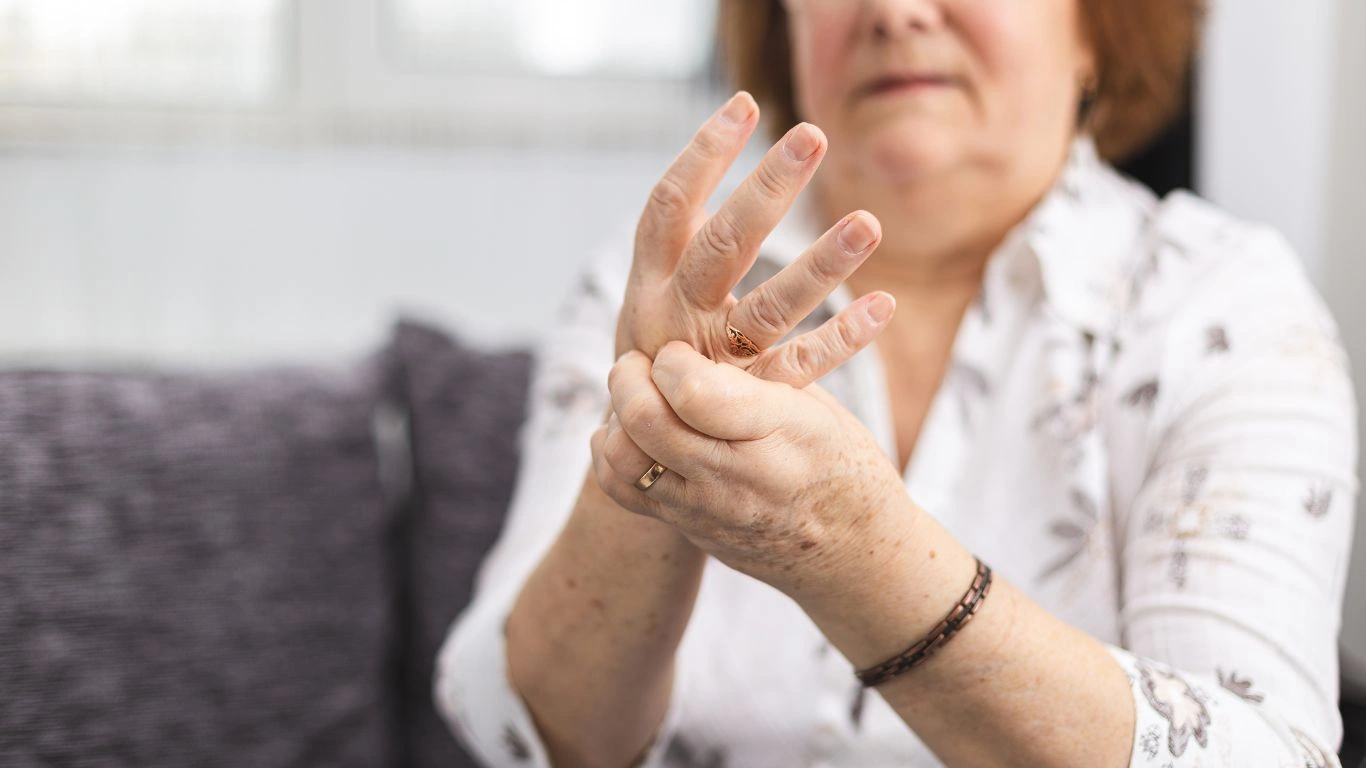
Hydration: Don’t Forget to Drink Water
After a warm bath, it’s easy to forget about hydration, especially since you feel so relaxed and refreshed. However, it’s important to rehydrate after soaking, particularly if you’ve been in the bath for an extended period. Warm water can cause your body to sweat, which means you could lose fluids. Dehydration can lead to muscle cramps and overall discomfort, so make sure to drink water or herbal teas after your bath.
Staying hydrated is also crucial for joint health. Fluid helps lubricate the joints, reducing friction and helping to alleviate stiffness. So, whether you’re relaxing in the tub or after, make hydration a priority to maintain the benefits of your warm bath.
Moisturize After the Bath
After your bath, don’t forget to apply a good moisturizer to your skin. Soaking in warm water can strip the skin of its natural oils, leaving it dry. Moisturizing your skin after the bath not only helps to lock in moisture but can also soothe any skin irritation that might occur due to RA medications or inflammatory conditions.
If you’re dealing with skin issues from RA, like dry or cracked skin, choose a thick, fragrance-free moisturizer that’s suitable for sensitive skin. The more natural and gentle, the better. I’ve found that patients with RA who take the extra step to moisturize after a bath often experience less irritation and overall skin discomfort.
Gentle Stretching After a Bath
Finally, after you’ve soaked, it’s an excellent opportunity to gently stretch the joints and muscles. Since your body will be relaxed from the warm water, this is the perfect time to incorporate some gentle stretching or yoga. Stretching can help maintain flexibility, reduce stiffness, and increase your range of motion, especially in areas affected by RA.
For those with RA, it’s important to remember that stretching should never cause pain. Keep the movements gentle and slow, and avoid pushing your joints too hard. This post-bath stretching can complement your RA treatment regimen by helping to keep your muscles and joints functioning at their best.
Incorporating these tips and adding warm baths to your daily or weekly routine can provide real, lasting relief from the symptoms of rheumatoid arthritis. The combination of heat, relaxation, and enhanced circulation can make a world of difference in your ability to manage pain and improve your quality of life. So go ahead, light some candles, put on some soothing music, and enjoy the comforting benefits of a warm bath!
Additional Lifestyle Tips to Complement Your Warm Bath Routine

While warm baths are a fantastic addition to your rheumatoid arthritis management plan, they’re most effective when used in combination with other lifestyle changes. As a nurse practitioner, I’ve seen firsthand how a holistic approach to managing RA can make a significant difference in a person’s quality of life. So, let’s explore some other habits and strategies that can complement your warm bath routine and help you manage RA more effectively.
1. Stay Active: Gentle Exercise and Movement
One of the most common misconceptions about rheumatoid arthritis is that rest is the best way to manage the condition. While rest is important when you’re feeling particularly fatigued or dealing with a flare-up, it’s also crucial to stay active. Regular, gentle exercise can help maintain joint function, improve flexibility, and reduce pain in the long term.
Incorporating low-impact exercises like swimming, walking, or cycling can help strengthen muscles around the joints, providing better support. I often encourage my patients to try yoga or tai chi, both of which focus on gentle, controlled movements and stretching that can help improve range of motion and alleviate stiffness.
It’s important to remember that with RA, you don’t want to push yourself too hard. Listen to your body and take breaks when needed. A little daily movement goes a long way in improving mobility and reducing pain over time.
2. Eat an Anti-Inflammatory Diet
What you eat can play a significant role in managing inflammation in the body. A diet rich in anti-inflammatory foods can help reduce joint pain and swelling caused by RA. Focus on incorporating plenty of fruits and vegetables, whole grains, lean proteins, and healthy fats into your meals.
Foods like fatty fish (salmon, mackerel, sardines), olive oil, nuts, and seeds are excellent choices due to their high omega-3 fatty acid content, which has been shown to help reduce inflammation. Additionally, spices like turmeric and ginger have natural anti-inflammatory properties that can add flavor to your meals while providing pain relief.
On the flip side, it’s wise to limit processed foods, refined sugars, and trans fats, as they can contribute to increased inflammation. Keeping a balanced diet isn’t just beneficial for your joints; it helps you maintain overall health, which is essential when managing a chronic condition like RA.
3. Manage Stress Effectively
Stress can trigger flare-ups of rheumatoid arthritis and make symptoms worse. Managing stress is crucial to maintaining a balance in your life while dealing with RA. Practices like mindfulness meditation, deep breathing exercises, and even engaging in hobbies that you enjoy can help you unwind and reduce stress levels.
One thing I’ve noticed with many of my patients is that when they incorporate some form of relaxation practice, like meditation or journaling, they feel more in control of their symptoms. It’s not just about the physical care but also about taking care of your emotional and mental health. This holistic approach is key to managing a chronic illness like RA.
The Importance of Regular Check-Ups with Your Healthcare Provider
Although self-care practices like warm baths can provide incredible relief, it’s still important to have regular check-ups with your healthcare provider. Rheumatoid arthritis is a progressive condition, and it’s essential to monitor its progress and make adjustments to your treatment plan as needed.
As a nurse practitioner, I recommend staying in close contact with your rheumatologist or primary care provider to discuss any changes in your symptoms or new concerns. Your healthcare provider can help you develop a personalized treatment plan that includes medications, physical therapy, and other interventions that may be necessary to manage your RA effectively.
During these visits, your doctor may also assess the degree of inflammation in your body, check for signs of joint damage, and make recommendations on adjustments to your medication regimen. Regular check-ups help you stay on top of your condition and ensure that you’re doing everything you can to manage RA over the long term.
References
For more information about managing rheumatoid arthritis, here are a few helpful resources:
Disclaimer
The information provided in this article is for informational purposes only and is not intended as medical advice. Always consult your healthcare provider before making any changes to your treatment plan, diet, or lifestyle. While warm baths and other self-care practices can help alleviate symptoms of rheumatoid arthritis, they are not substitutes for professional medical treatment. Your healthcare provider can help guide you in developing a comprehensive plan that suits your specific needs.
Remember, rheumatoid arthritis is a complex condition, and managing it requires a personalized approach. Stay proactive, be kind to your body, and embrace the small changes that can lead to a better quality of life. Your path to managing RA may look different from someone else’s, and that’s okay. The most important thing is finding what works for you and sticking with it.

Tarra Nugroho is a dedicated Nurse Practitioner with a strong foundation in family and preventive care. She brings both compassion and clinical expertise to her practice, focusing on patient-centered care and health education. As a contributor to Healthusias.com, Tarra translates medical knowledge into clear, empowering articles on topics like women’s health, chronic disease management, and lifestyle medicine. Her mission is simple: help people feel seen, heard, and informed—both in the clinic and through the content she creates. When she’s not caring for patients, Tarra enjoys weekend hikes, plant-based cooking, and curling up with a good health podcast.
